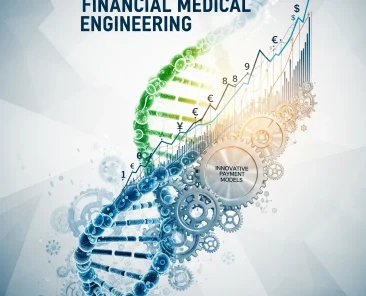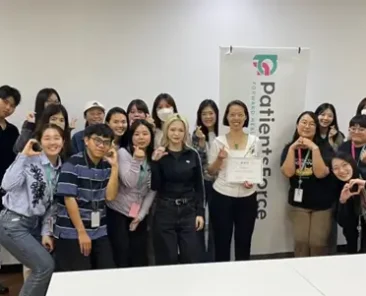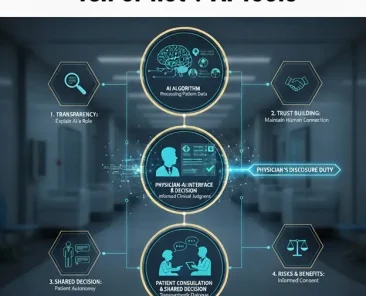The pharmaceutical M&A market rebounded after the epidemic, and the transaction value increased significantly to more than US$200 billion. In large deals, pharmaceutical giants dominate the market, while the market is skewed towards buyers. Despite increased regulatory scrutiny, most of the deals went through. Looking ahead to 2024, pharmaceutical companies are expected to focus on managing costs and looking for innovative targets, with total transaction value remaining at $225 billion to $275 billion.
Big fish eat small fish, a pharmaceutical giant full of cash and a target with great potential
In 2023, the pharmaceutical M&A market will gradually come out of the impact of the epidemic, both the transaction amount and the number will return to the pre-epidemic level, it is worth noting that compared with the same period last year, the number of transactions in 2023 will decline slightly by 8%, but the total transaction value will increase by 37% to exceed 200 billion US dollars. This, in turn, inflated the transaction amount.
In terms of size, the largest deals include Pfizer’s $43 billion acquisition of Seagen, Amgen’s $27.8 billion acquisition of Horizon Therapeutics, Biltos Squibb’s $14 billion acquisition of Karuna Therapeutics and AbbVie’s $10.1 billion acquisition of Immunogen. The Pfizer deal is an example of several characteristics that fit today’s M&A trend: pharmaceutical giants, cash-rich targets, and targets with high growth potential.
Which therapeutic areas attract funding to your doorstep?
There are several therapeutic areas that are particularly hot in the trading market in 2023, namely cancer, oncology, immunology, and bariatric drugs. According to Leerink, the highest deal value was in the field of cancer oncology, with 11 deals with a total value of $49 billion, followed by immunotherapy with 7 deals totaling $25 billion. In addition, there were nine transactions for rare diseases amounting to $13 billion.
It is worth noting that the weight-loss market is an important attraction this year. The major successes of Novo Nordisk and Eli Lilly have kicked off a gold spree that various pharmaceutical companies have actively joined, with key deals including Roche’s $2.7 billion acquisition of weight loss drug developer Carmot Therapeutics and AZ’s $20 billion investment in China’s Eccogene, while NovoNordisk is not afraid to make a big deal and spend $500 million to acquire Embark Biotech to consolidate its leadership position.
A trading market that is skewed towards buyers
With more than $1 trillion in money available for investment in pharmaceutical giants, which is close to an all-time high, more than half of biotech companies do not have enough cash on hand to stay afloat for more than 18 months, skewing the entire M&A market in favor of buyers, although sellers can make up for this disadvantage with bonuses for drug-related milestones in advanced development.
As a result, many biotech companies will turn to the IPO market, private equity and private credit, allowing for greater operational flexibility and more R&D funding than traditional M&A, while still maintaining control of critical drug development.
Challenges posed by regulators
When it comes to mergers and acquisitions, it is inevitable to face regulatory scrutiny, and in recent years, the Federal Trade Commission (FTC) has strengthened its review of mergers and acquisitions in the pharmaceutical industry. According to Mergermarket’s research, from 2021 to the first half of 2023, the FTC issued “second requests” for 24% of transactions, requiring pharmaceutical companies to provide additional documentation to clarify doubts, compared with 15% in the early years from 2015 to 2020.
The most headlined merger this year was Amgen’s acquisition of Horizon Therapeutics, which was initially sued to block the deal, but Amgen eventually agreed to several antitrust demands from the FTC and ended in an out-of-court settlement, and Amgen successfully completed the acquisition.
As a result, regulatory scrutiny is not an insurmountable obstacle, and most M&A cases are still successfully completed, and the biggest impact of more second requests is to slow down the process of M&A transactions and force companies to think about potential antitrust issues before proceeding with a transaction.
Looking forward to 2024, the trend of mergers and acquisitions of pharmaceutical companies
The total annual deal value of the deal market is expected to remain in the range of $225 billion to $275 billion, with more large M&A deals of $5 billion to $15 billion likely to emerge.
In the face of high inflation and interest rates, pharmaceutical companies will pay more and more attention to managing costs, and focus on achieving profit growth through mergers and acquisitions, and in the face of the expiration of a large number of best-selling drug patents in the next decade, pharmaceutical giants will continue to use their cash on hand to find targets with innovation and huge growth potential, including gene therapies and biologics.
With the continuous advancement and application of artificial intelligence technology, we believe that the efforts of the Harvest Biotech team will bring revolutionary changes to patient support services. These innovative programs not only improve service efficiency, but more importantly, they have the potential to significantly improve the quality of life for patients and reduce the workload of medical professionals. In doing so, we maintain our commitment to data privacy and patient safety, ensuring that all technology applications adhere to the strictest regulatory and ethical standards. In the future, the Harvest Biotech team will continue to work with artificial intelligence to create a new era of medical care.
The content of this article has been authorized by Pharmaceutical Factory Watch to PatientForce™ (Unified Marketing Co., Ltd./Unified Number: 27903403), all of which are jointly owned by PatientForce™ and Pharmascan Pharmaceutical Factory Watch in accordance with the law.




